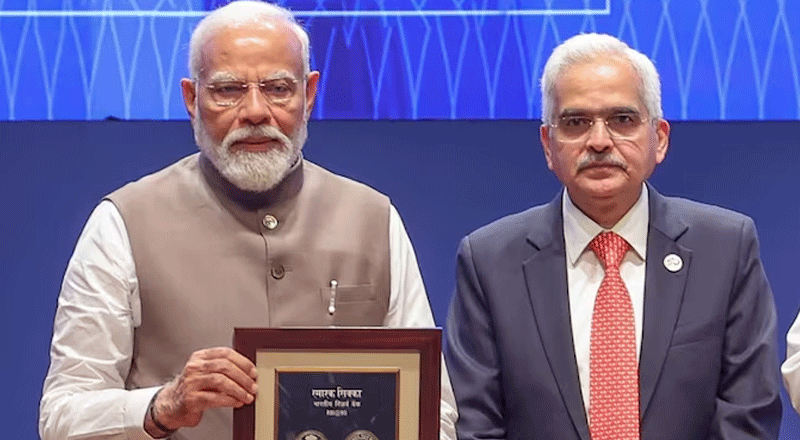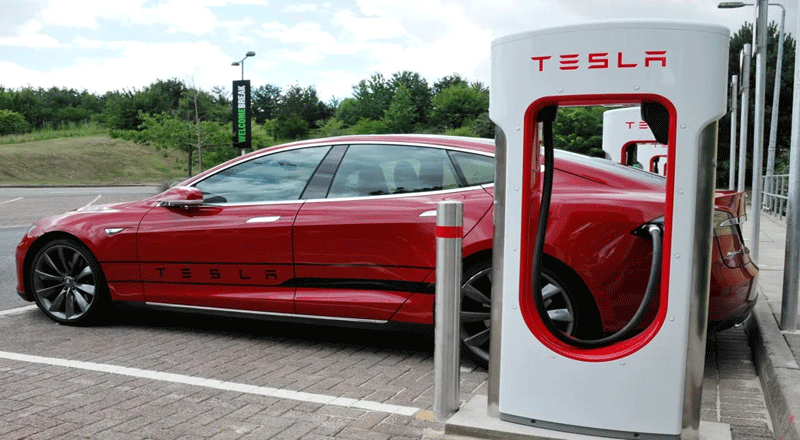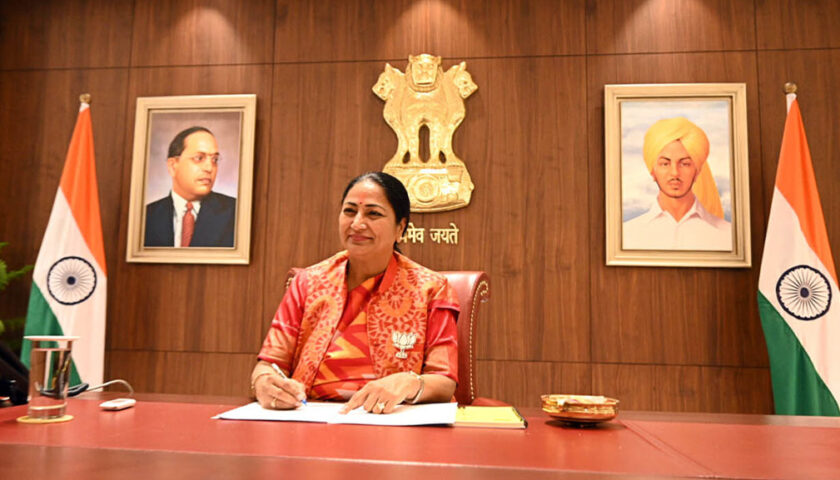The Income Tax Department earlier this year served notices to the wife and three children of Reliance Industries Chairperson Mukesh Ambani for allegedly having undisclosed foreign income and assets, The Indian Express reported on Saturday.
The notices were issued on March 28 to Nita Ambani, Anant Ambani, Akash Ambani and Isha Ambani under the Black Money Act, 2015, after an investigation with the help of information from agencies in several countries, the newspaper said.
The investigation in the matter began after the Centre in 2011 received details of around 700 Indian individuals and entities with accounts in HSBC Bank in Geneva. The number was later found to be 1,195 through an investigation by The Indian Express and the International Consortium of Journalists in 2015. The newspaper had found that 14 accounts with a total balance of $601 million were held in tax havens by offshore entities linked to the Reliance Group through associates and offshore holdings.
The tax department alleged that the Ambanis failed to disclose details and holdings in Capital Investment Trust and in a company owned by it based in Cayman Islands. They were the ultimate beneficiaries of the holdings, the notice said, according to The Indian Express. Cayman Islands is considered a tax haven. Another entity, called Harinarayan Enterprises, which has a Mumbai address, also identified Ambanis as the ultimate beneficiaries.
The Ambanis were asked in the notice to produce evidence in their support for the assessment of the undisclosed foreign assets for 2018-’19 in a hearing on April 12. The report further says, the tax department’s investigation had concluded about three months before the notices were issued. The investigation found that the Cayman Islands-based subsidiary of Capital Investment Trust had invested in two Reliance subsidiaries, but its name was not mentioned in the list of shareholders. The money invested reached the Reliance Industries Holding Pvt Ltd, whose ultimate beneficiaries are the four members of the Ambani family.
Credit Suisse cites multiple reasons for downgrade of Reliance Industries to underperform. As per the brokerage, slow enterprise rollout, Jio Phone financing and East West Pipeline, and weak Jio average revenue per user (ARPU) in the first quarter of the current fiscal were among the reasons for the downgrade. Credit Sussie has red flagged Reliance Industries 65 Billion US Dollar debt, which comes about 4,68,000 Crores.
Now assuming that he is paying an average of 10% interest on this debt, his yearly interest payment on this debt is 46,800 Crores. Divide this by 365 and you get 128 odd crores per day or about *5.33 Crores per hour*. Does he or his companies earn that kind of money? I doubt.
In Box: From an energy-focussed giant to an energy-plus-consumer business play — the company has undergone a major transformation.
Mukesh Ambani is also aware of this dangerous situation. That is why he has put up 25% of his company’s stake for sale. He is trying to sell assets that he created out of this debt. As lakhs of crores Rupees debt to Indian banks.
On the liabilities side, RIL’s liabilities increased from $19 billion to $65 billion in four years. The brokerage added that its target price cut “factors in higher liabilities of $10 billion from crude payables”, The Business Standard reported. The company’s crude payables are, in fact, higher compared to global peers such as Valero in the US, Korean refiners, and Indian oil marketing companies.
“RIL’s standalone payable days (mainly crude payables) have increased significantly over the past four years. It used to be in the range of 50-60 days, but was high at 121 days in FY19. Payable days reduced from high of 163 days in FY18 to 121 days in FY19 but are still 2-4 times of peer average. Most of the peers have crude payable days of 30-60 days,” the report added.
The telecom arm, which recently overtook rival Bharti Airtel, to emerge as the country’s second largest player, had a decent first quarter. In Q1, Reliance Jio Infocomm reported a 54.5 per cent jump in revenue quarter-on-quarter to Rs 14,910 crore and nearly 80 per cent jump in profits to Rs 3,080 crore. However, Credit Suisse pegs Jio’s capital employed per user at around Rs 7,445 ($105), excluding capitalised expenses, and the current Ebitda per user at Rs 638 ($9) with no rentals on InvIT and benefit of lower access charges. “Return on capital employed (RoCE) currently is low at less than 3 per cent. For Jio to make 9 per cent RoCE, Ebitda per user needs to increase to $16, requiring 50 per cent more price increase in only telecom or through a combination of monetisation through merchant point-of-service network,” the report said.
In Box: The notices were served following a protracted ‘back and forth’ between the department’s Mumbai unit and the Central Board of Direct Taxes. Reliance Industries has toppled state-owned Indian Oil Corp (IOC) to become the country’s biggest company by revenue.
Reliance in the 2018-19 fiscal year that ended 31 March, reported a turnover of Rs 6.23 lakh crore. In comparison, IOC posted a turnover of Rs 6.17 lakh crore for the fiscal, according to regulatory filings by the two companies. It was also the most profitable company in the country with a net profit of more than double that of IOC in FY2019.
The fact is Reliance which boasts of the highest cash reserves of Rs 1.33 lakh crore on the book, also has the highest gross debt of Rs 2.87 lakh crore at the end of March 2019.





